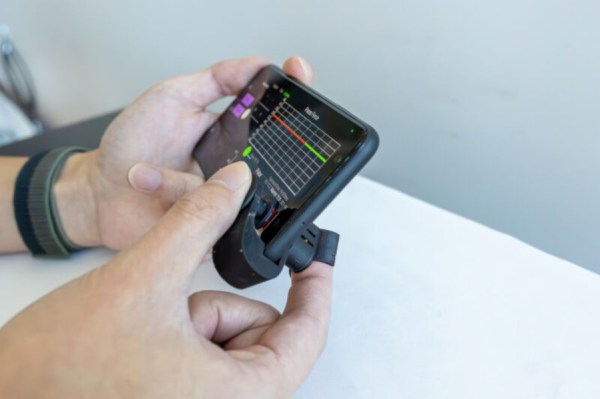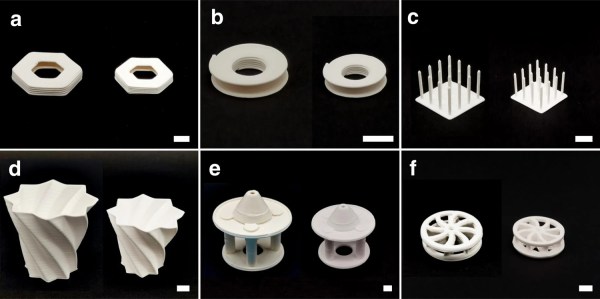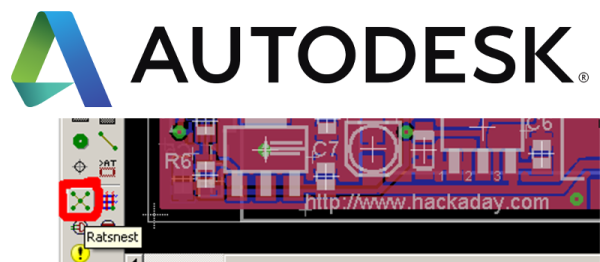Last November, Tesla open-sourced parts of its charging infrastructure, not-so-humbly unveiling it as the North American Charging Standard (NACS). It’s finally taking off with a number of manufacturers signing on.
Companies launching “standards” based on their previously proprietary technology in opposition to an established alternative usually leads to standards proliferation. However, with recent announcements from Ford, GM, and Rivian that they would begin supporting NACS in their vehicles, it seems a new dominant standard is supplanting CCS (and the all-but-dead CHAdeMO) in North America.
As Tesla already has the most extensive charging network on the continent and has begun opening it up for other EVs, it makes sense that other marques would want to support NACS, if nothing else to satiate customer demand for a dead-simple charging experience. Dongles are annoying enough for plugging in an external monitor. Having to mess with one while handling high-power electrical connections is less than ideal, to say the least.
If you want to add NACS to your own EV project, the standard is here. We’ve discussed some of the different standards before as well as work toward wirelessly charging EVs (besides the inductive charger on the EV1). It certainly seems like the time to get in on the ground floor of an EV charging empire with an army of Charglas.






![Closeup of an Apple ][ terminal program. The background is blue and the text white. The prompt says, "how are you today?" and the ChatGPT response says, "As an AI language model, I don't have feelings, but I am functioning optimally. Thank you for asking. How may I assist you?"](https://hackaday.com/wp-content/uploads/2023/06/Screenshot-2023-06-12-at-5.09.17-PM.png?w=600&h=450)











